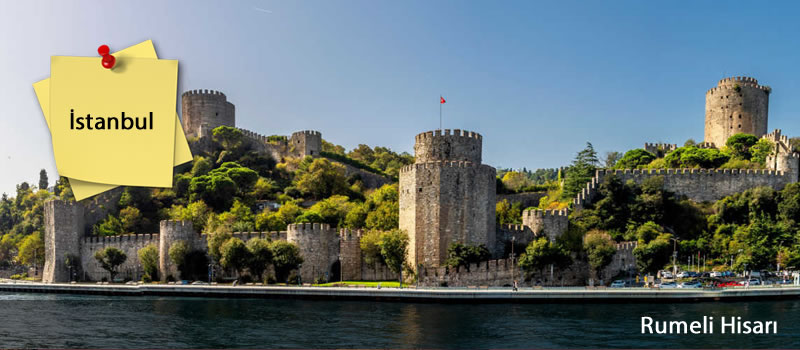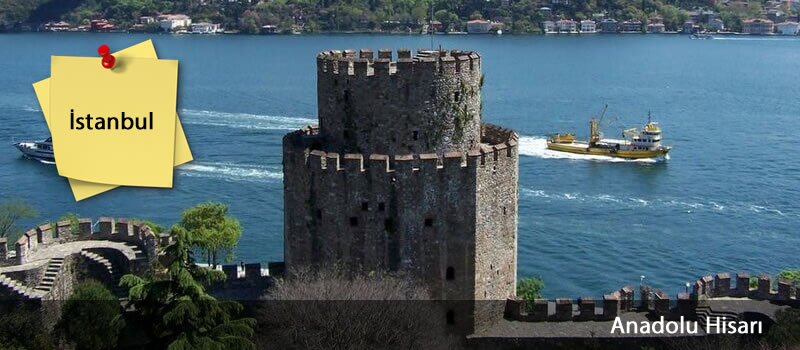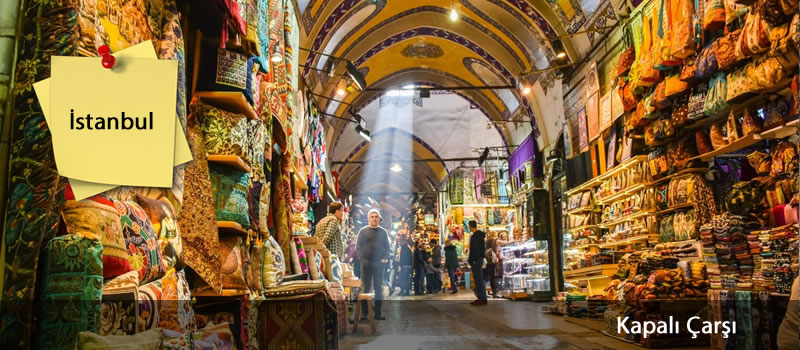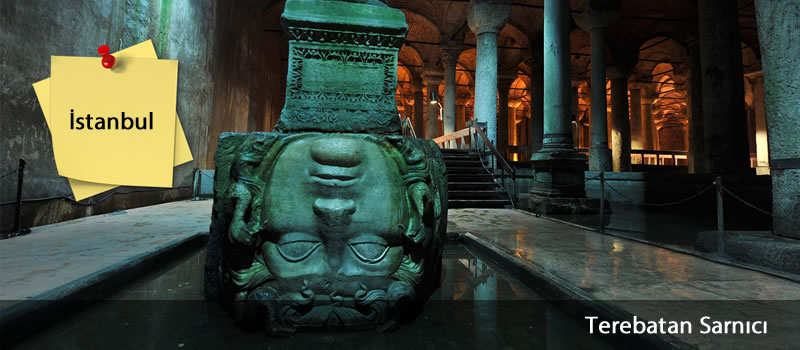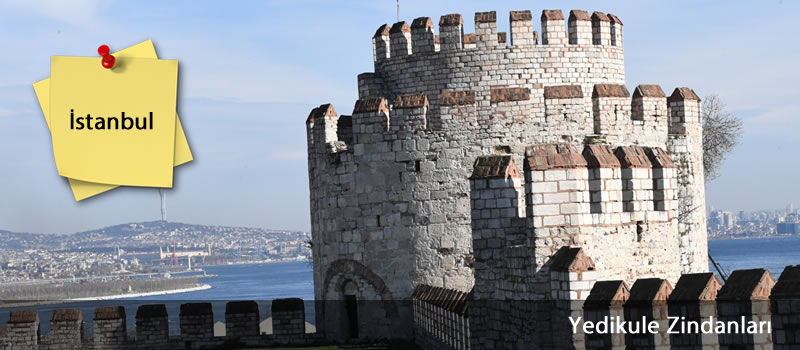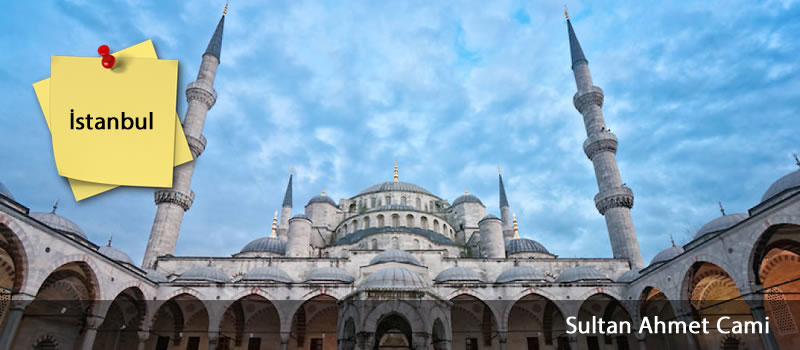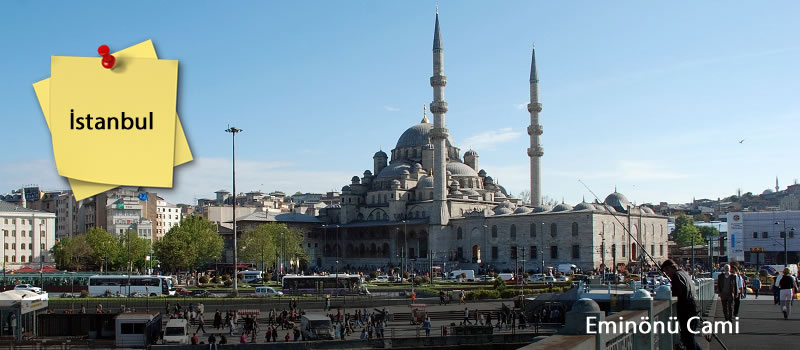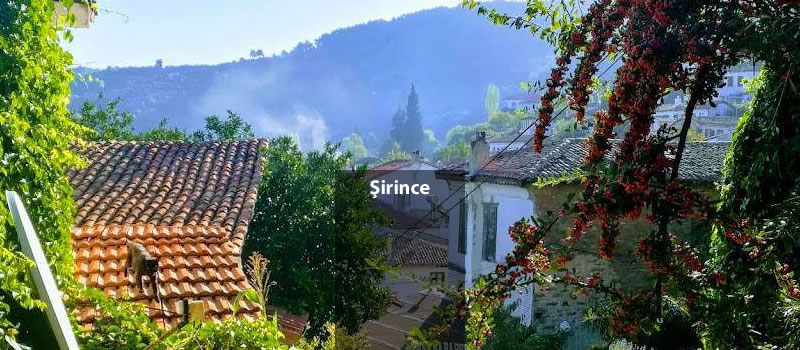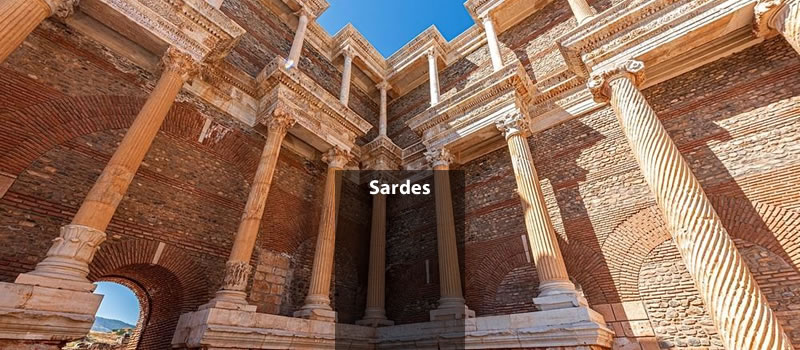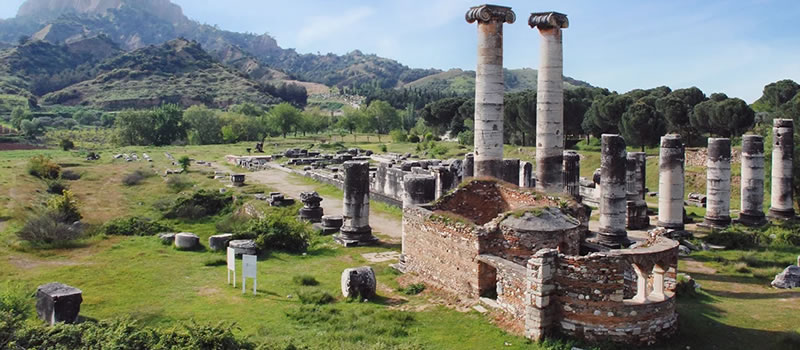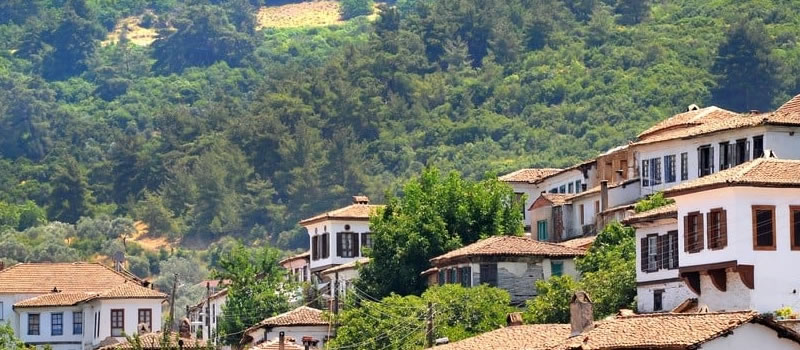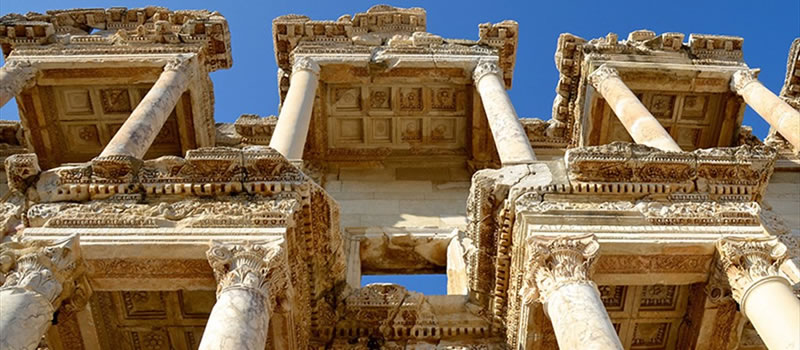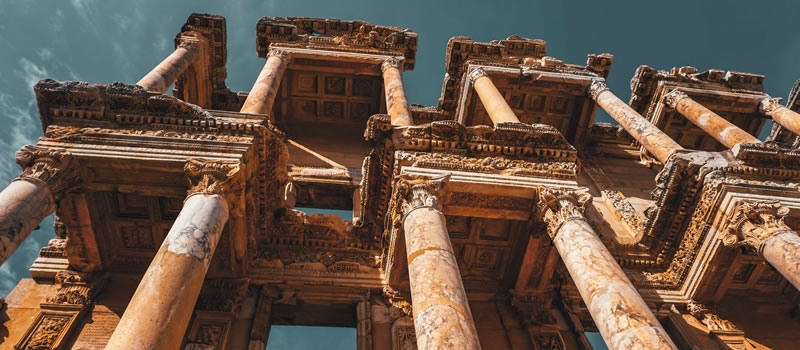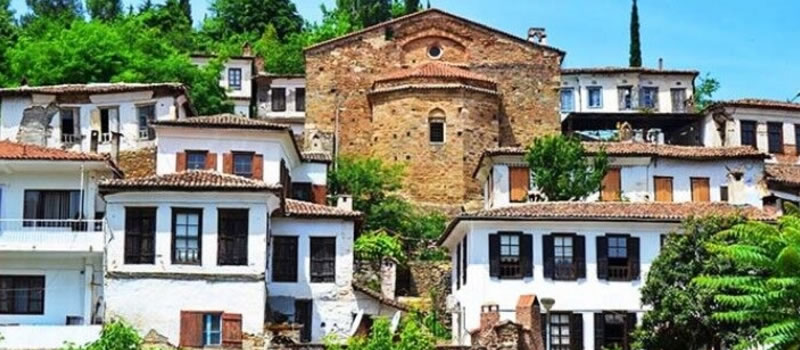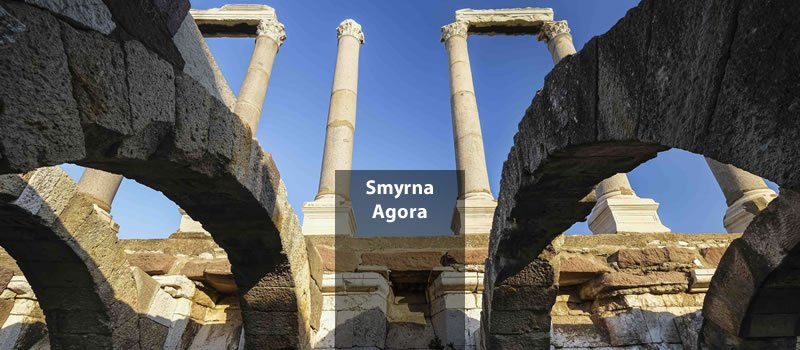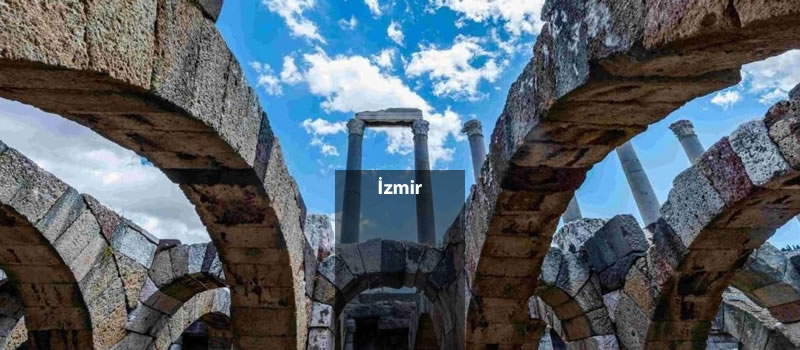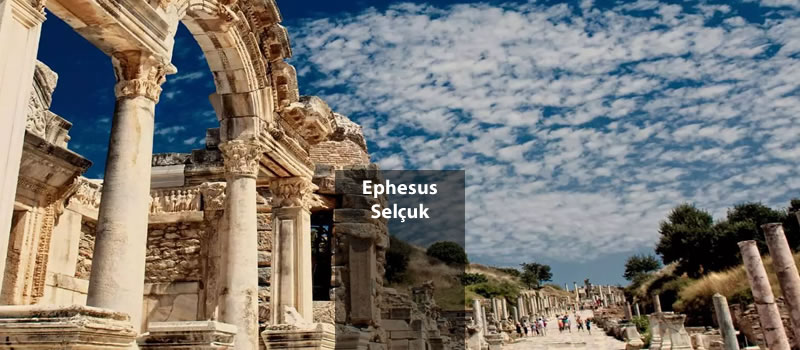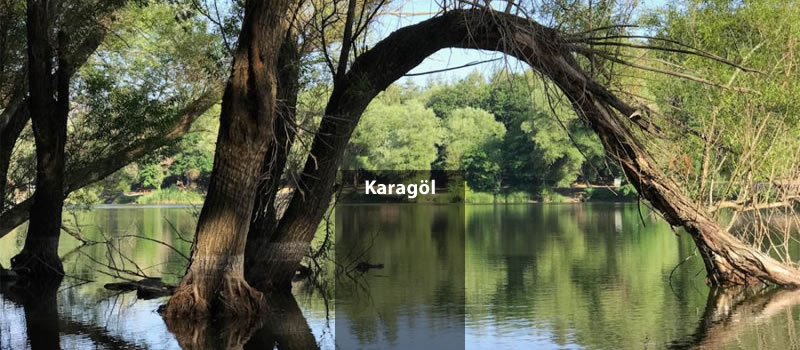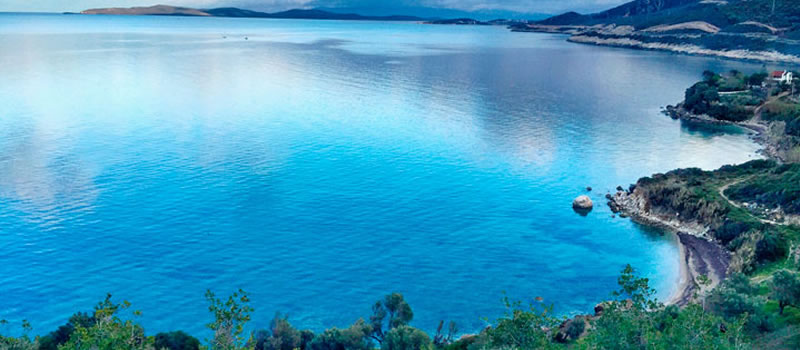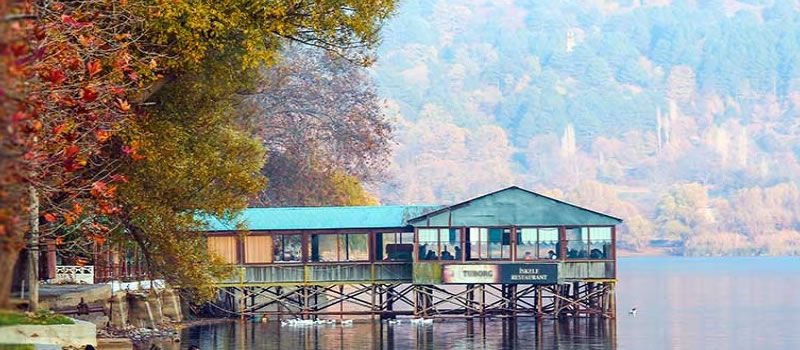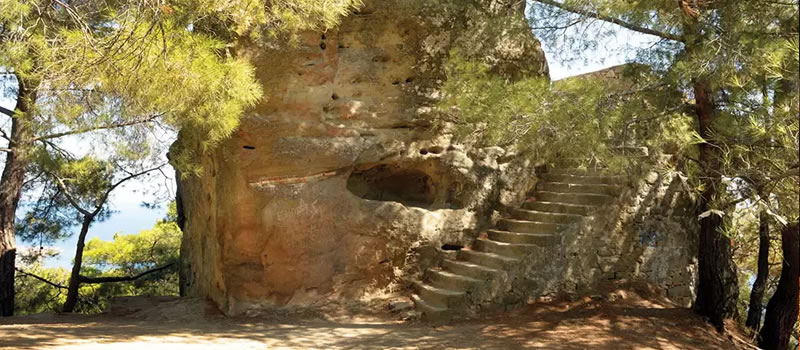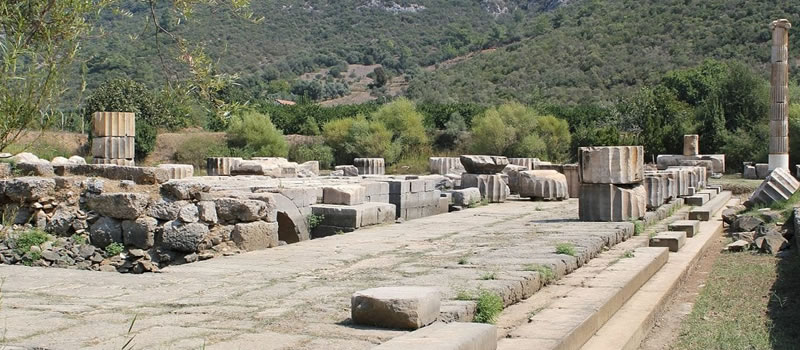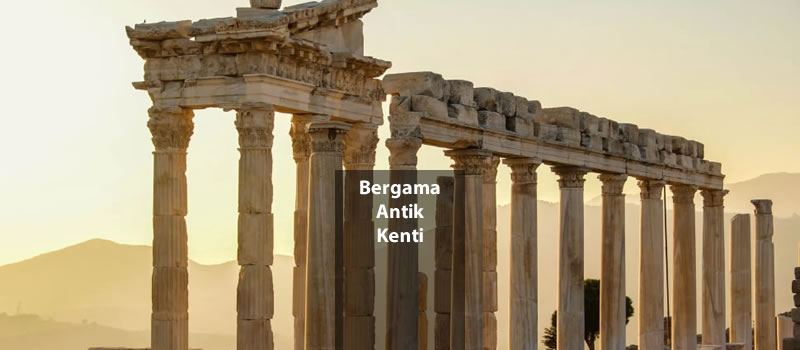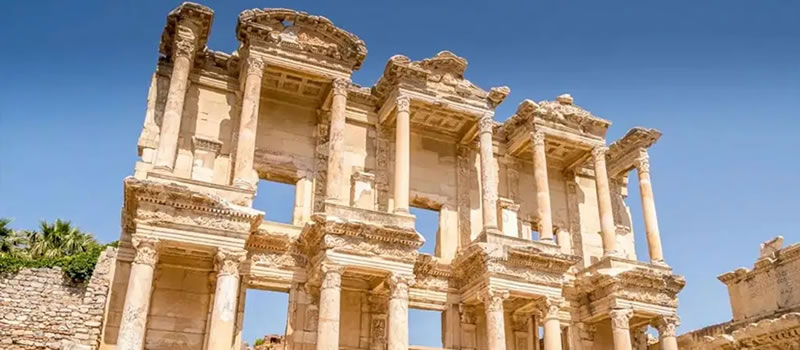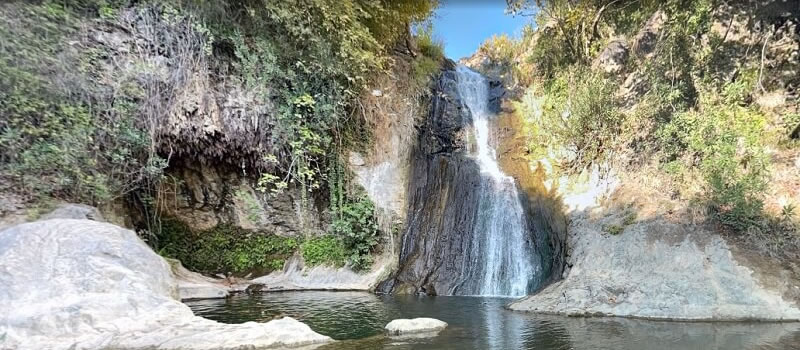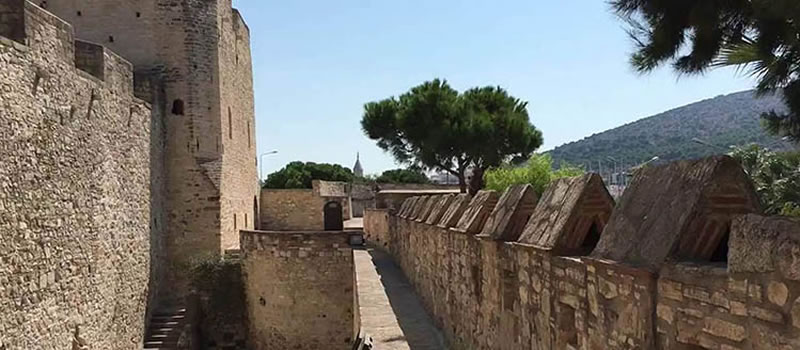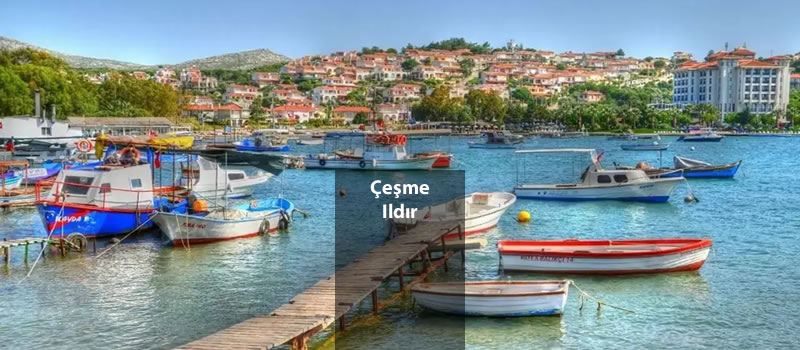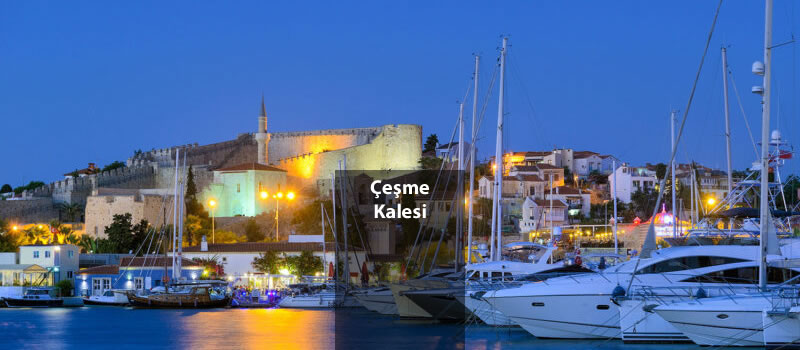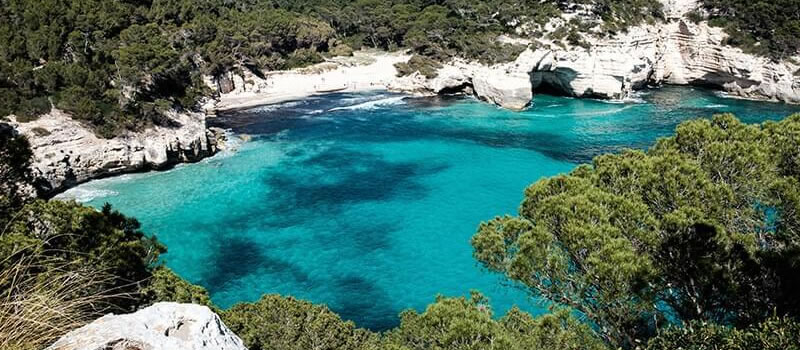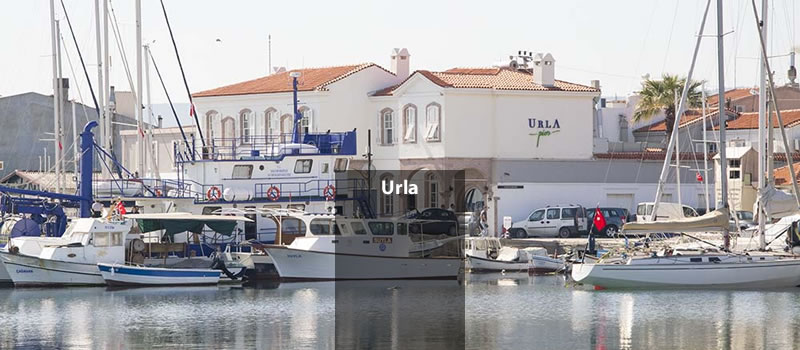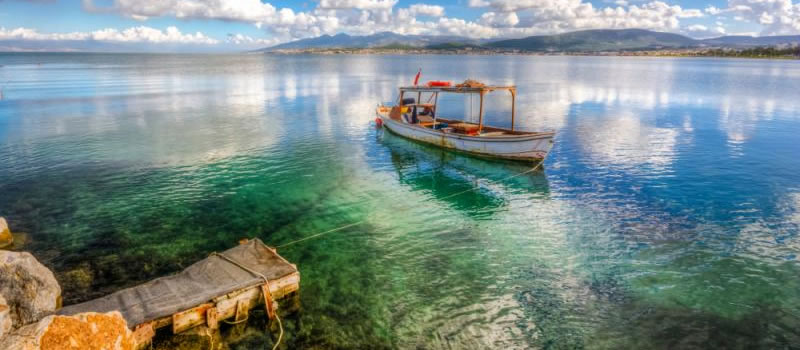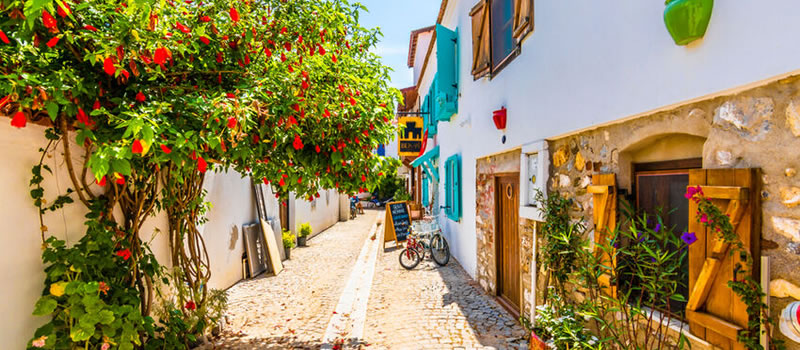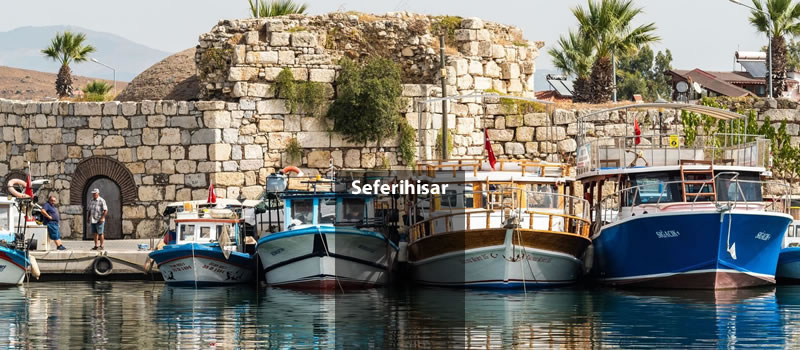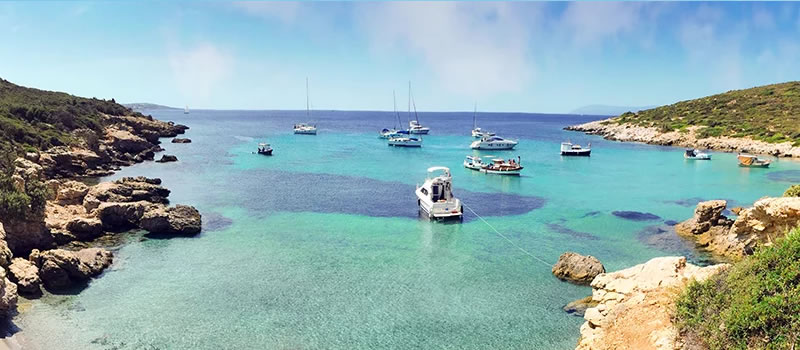Hagia Sophia
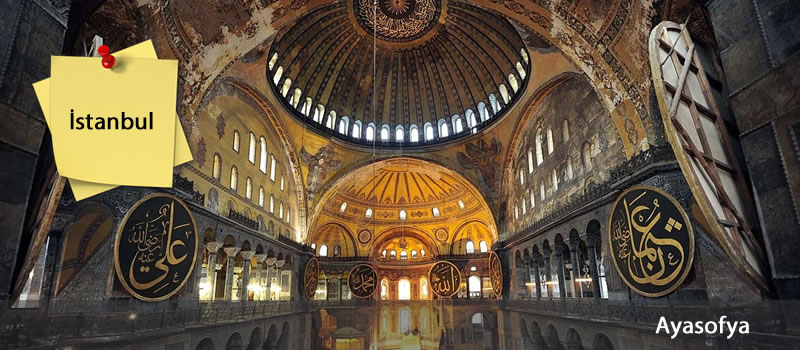
Hagia Sophia, one of the symbols of Istanbul, is a unique structure known worldwide for its historical and architectural significance. Used for various purposes over thousands of years, Hagia Sophia stands as a monument shaping the silhouette of Istanbul and bearing traces of different eras.
The history of Hagia Sophia dates back to the year 537 AD. Constructed under the orders of Byzantine Emperor Justinian I, this magnificent church served as Istanbul's largest cathedral for 916 years. Hagia Sophia played a crucial role as the religious center of Constantinople, the capital of the Byzantine Empire.
However, in 1453, with the conquest of Istanbul by the Ottoman Empire, Hagia Sophia was converted into a mosque. During this period, influenced by Islamic architecture, Hagia Sophia underwent changes in its interior, serving as a mosque for many years.
With the end of the Ottoman Empire, Mustafa Kemal Atatürk, the founder of the Republic of Turkey, decided in 1935 to repurpose Hagia Sophia as a museum. During this time, it was discovered that Hagia Sophia housed a unique mosaic collection reflecting both Christian and Muslim cultures.
However, in 2020, a decision by the government of the Republic of Turkey led to the reconversion of Hagia Sophia into a mosque. This decision sparked debates worldwide and marked a new era in the history of Hagia Sophia.
The architecture of Hagia Sophia carries traces of its diverse uses. With its prominent dome, columns, and mosaics, this structure is architecturally unique. Serving as a convergence point for Islamic and Christian art, this masterpiece provides visitors with an opportunity to experience the changing cultural interactions throughout history.
Hagia Sophia is not just a building; it is a historical heritage and a cultural symbol, maintaining its significance. With its varied uses over thousands of years, Hagia Sophia stands as a witness to Istanbul's past, bringing it into the present. Each visitor has the chance to explore different time periods and cultures within this exceptional structure.
The history of Hagia Sophia dates back to the year 537 AD. Constructed under the orders of Byzantine Emperor Justinian I, this magnificent church served as Istanbul's largest cathedral for 916 years. Hagia Sophia played a crucial role as the religious center of Constantinople, the capital of the Byzantine Empire.
However, in 1453, with the conquest of Istanbul by the Ottoman Empire, Hagia Sophia was converted into a mosque. During this period, influenced by Islamic architecture, Hagia Sophia underwent changes in its interior, serving as a mosque for many years.
With the end of the Ottoman Empire, Mustafa Kemal Atatürk, the founder of the Republic of Turkey, decided in 1935 to repurpose Hagia Sophia as a museum. During this time, it was discovered that Hagia Sophia housed a unique mosaic collection reflecting both Christian and Muslim cultures.
However, in 2020, a decision by the government of the Republic of Turkey led to the reconversion of Hagia Sophia into a mosque. This decision sparked debates worldwide and marked a new era in the history of Hagia Sophia.
The architecture of Hagia Sophia carries traces of its diverse uses. With its prominent dome, columns, and mosaics, this structure is architecturally unique. Serving as a convergence point for Islamic and Christian art, this masterpiece provides visitors with an opportunity to experience the changing cultural interactions throughout history.
Hagia Sophia is not just a building; it is a historical heritage and a cultural symbol, maintaining its significance. With its varied uses over thousands of years, Hagia Sophia stands as a witness to Istanbul's past, bringing it into the present. Each visitor has the chance to explore different time periods and cultures within this exceptional structure.




